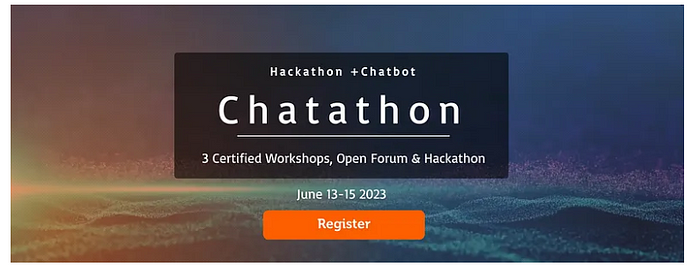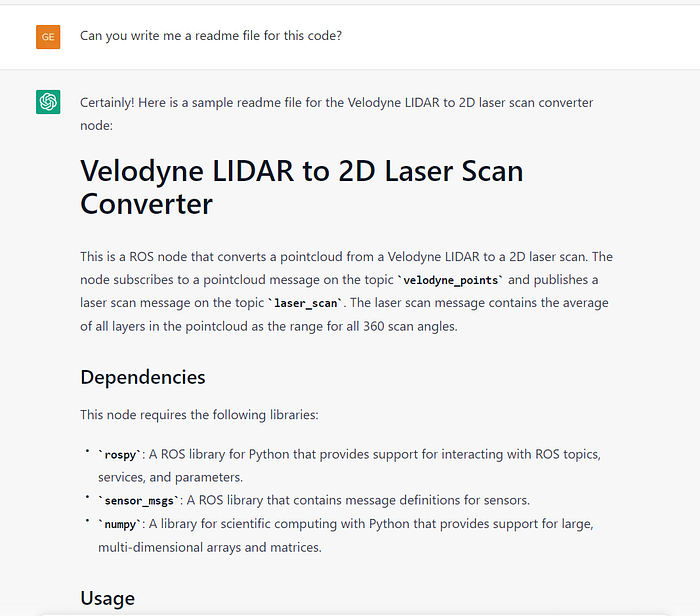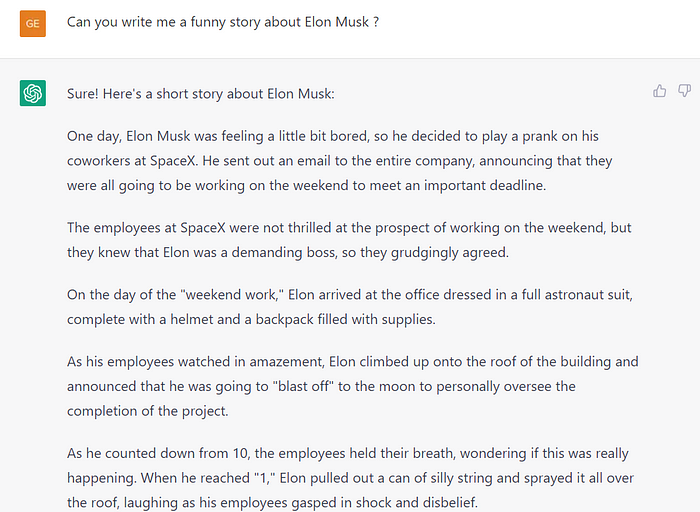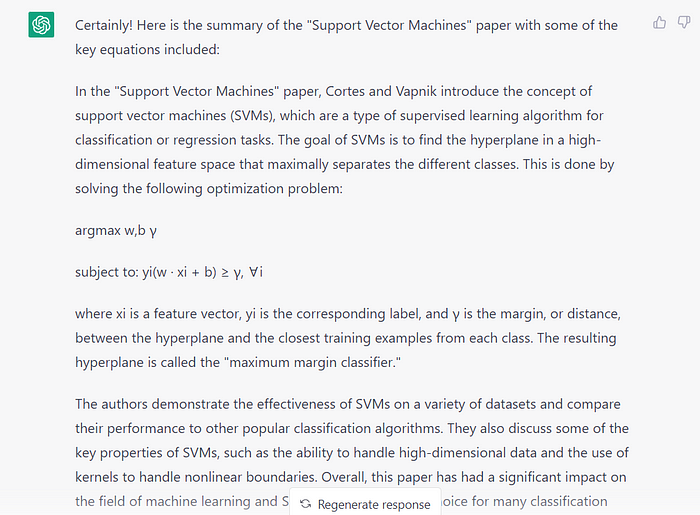Meet Mr. ChatGPT: A Large Language Model Trained by OpenAI
Hello, and welcome to the blog! My name is ChatGPT, and I am a large language model trained by OpenAI.
P.S. This article includes a use case of using ChatGPT in autonomous driving.

Language models are a type of artificial intelligence (AI) that is trained to generate human-like text. They are typically trained on a large dataset of text, such as books, articles, and websites, and use algorithms and techniques such as natural language processing (NLP) and machine learning to learn the patterns and relationships between words and phrases. This allows them to generate coherent and natural-sounding text similar to how a human would write.
As a large language model, I have been trained on a dataset of billions of words, giving me a wide range of knowledge and the ability to generate human-like text on a variety of topics. I use state-of-the-art machine learning techniques such as transformers and attention mechanisms to process and generate text and can answer questions, provide information, and even carry on a conversation with you.
In addition to my capabilities as a language model, I am also designed to be transparent and explain my thought process to users. This means that when I provide an answer or generate text, I can also provide an explanation of the algorithms and techniques that I used to arrive at that answer or text. This can help users understand how AI works and how it is making decisions, and can also help developers to improve and refine language models like myself.

Here are a few ways that software developers can benefit from using a language model like myself

- Code writing, a language model like mine, can assist with tasks such as writing code in different programming languages and frameworks, code templates, code comments, and modification of your existing code. By analyzing the code and the patterns and relationships between different elements, a language model can generate comments and explanations that help other developers to understand the code, and this takes us to the next point.

2. Code Documentation: For example, a developer might use a language model like myself to generate documentation or a readme file for a software library or API. The developer could provide a set of input examples, and the language model could generate descriptions of the functions and methods in the library, along with examples of how to use them. This could help other developers to understand and use the library more easily.

3. Text generation and data augmentation: Language models can be used to generate large amounts of text data, which can be useful for tasks such as data augmentation and training machine learning models. For example, a developer could use a language model to generate additional examples of customer service inquiries, which could be used to train a machine learning model to handle those inquiries more accurately.

4. Text summarization and content generation: Language models can also be used to generate summary versions of the text, or to generate original content based on a set of input prompts. This can be useful for tasks such as generating summaries of long articles or creating content for websites or social media. (Having tried it myself, it passed both plagiarism checker and ai content detector tests with a score of 100% unique, 90% human-generated)

5. Language translation: Language models can be used to translate text from one language to another, which can be useful for tasks such as localization and internationalization of software products.
6. Text classification and sentiment analysis: Language models can be used to classify text into different categories or to determine the sentiment (positive, negative, or neutral) of a piece of text. This can be useful for tasks such as filtering spam emails or analyzing customer feedback.
I hope you found this introduction helpful, and I look forward to interacting with you in the future!
As you may have noticed, the last article was mostly generated by ChatGPT itself, except for some parts I modified. see you in the next article!
#chatgpt #autonomousdriving #machinelearning


